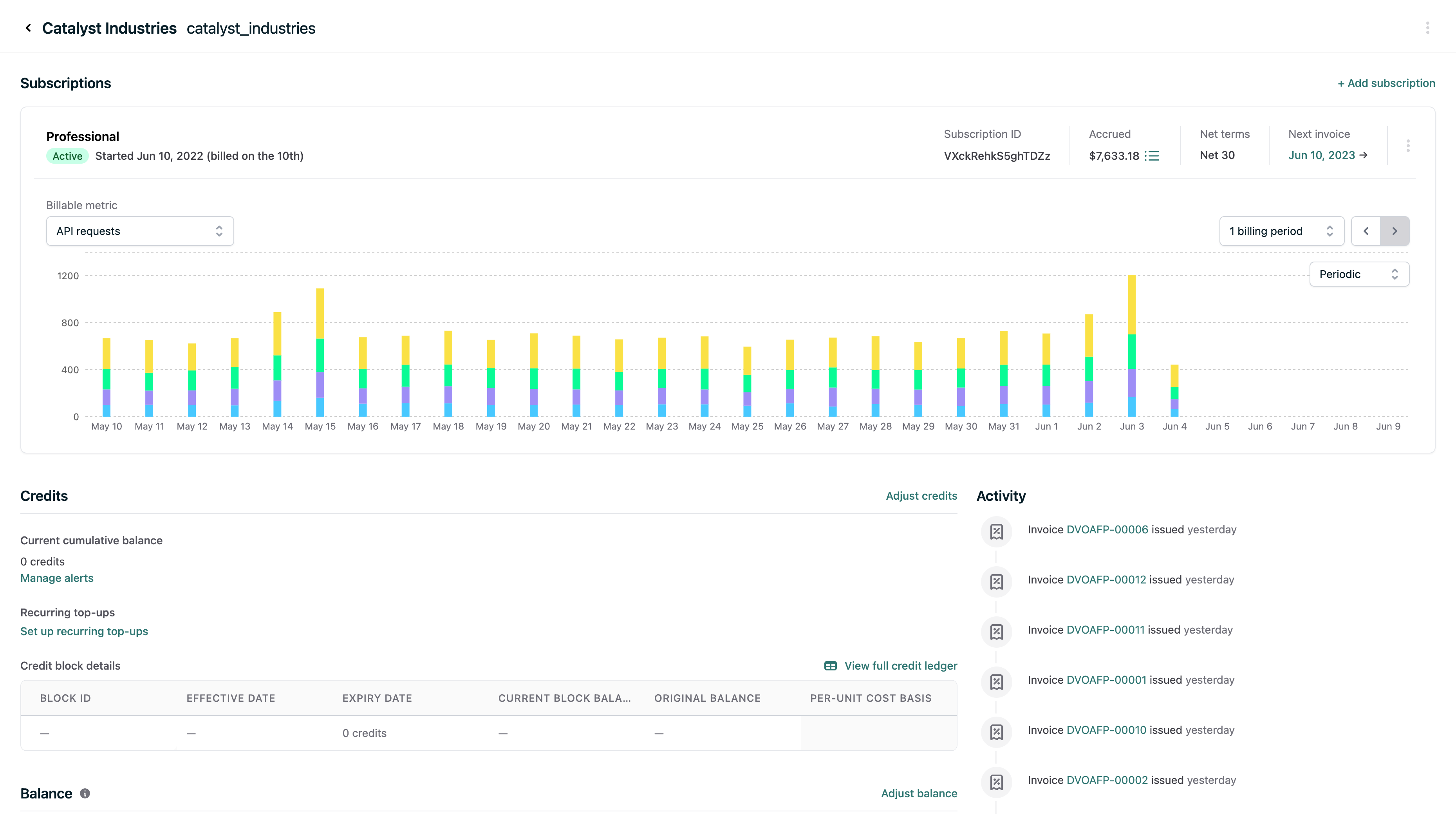Overview
Architecture principles
Orb's architecture is built with the following principles in mind:
- Accurate and auditable: Orb gives you the visibility to trace how each event contributes to your billing process. The platform is designed to be resilient to failure scenarios through the use of audit-safe amendments.
- Built for real time scale: Orb's event-based APIs, such as event ingestion, are designed to handle extremely high throughput and scale with concurrent load. Orb also provides a real-time event balance and a highly performant webhooks architecture.
- Flexibility at the forefront: Orb places a core focus on the extensibility of the platform, providing a custom SQL metrics layer and a custom pricing platform.

Integrating with Orb
tip
You can use Orb's publicly available demo environment to explore the platform's functionality and its core concepts. Orb provides vertical-specific illustrative options to help you understand how these capabilities would translate to your business.
Orb is designed to be quick to integrate, with an available sandbox to test the platform's functionality. The overall structure of the integration involves:
- Ingesting events and building your metrics. With these pieces in place, Orb can consume an event stream and automatically keep usage quantities up to date.
- Setting up your plans and pricing in a product catalog. This step associates your metrics with your business motion and pricing model.
- Provisioning subscriptions for each of your customers, so you can track usage in real time. Tracking the subscription lifecycle and accrued usage through Orb gives you a better window into account health and creates new opportunities for revenue growth.
- Configuring invoicing and payment, which allows Orb to automatically process charges and issue invoices on your behalf. This eliminates manual data entry and streamlines communication with your customers.
Working with the API
Orb's API is designed around REST principles, where core billing models are the resource entities. To best understand how different entities interact with each other, it's helpful to understand the core data model concepts.